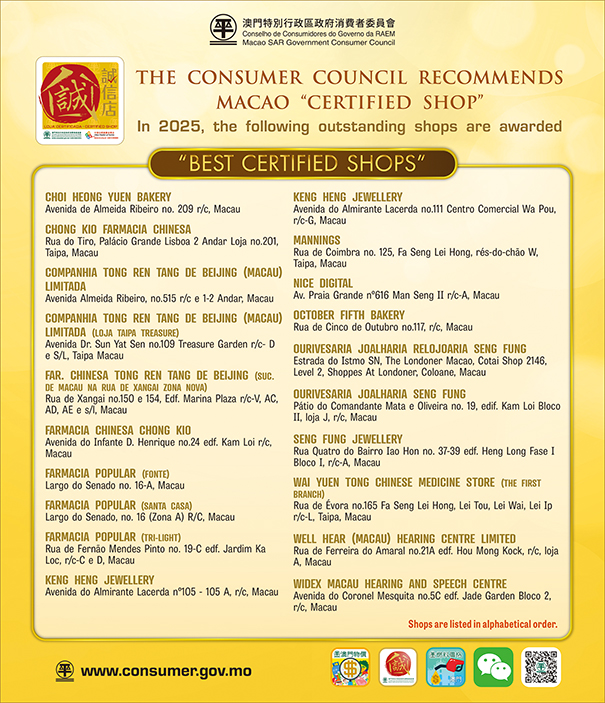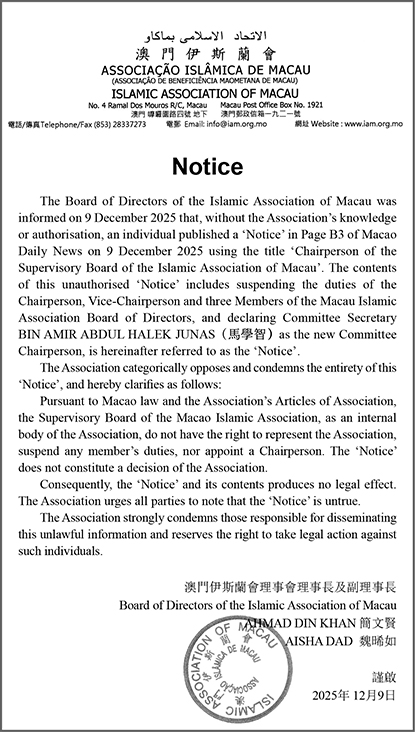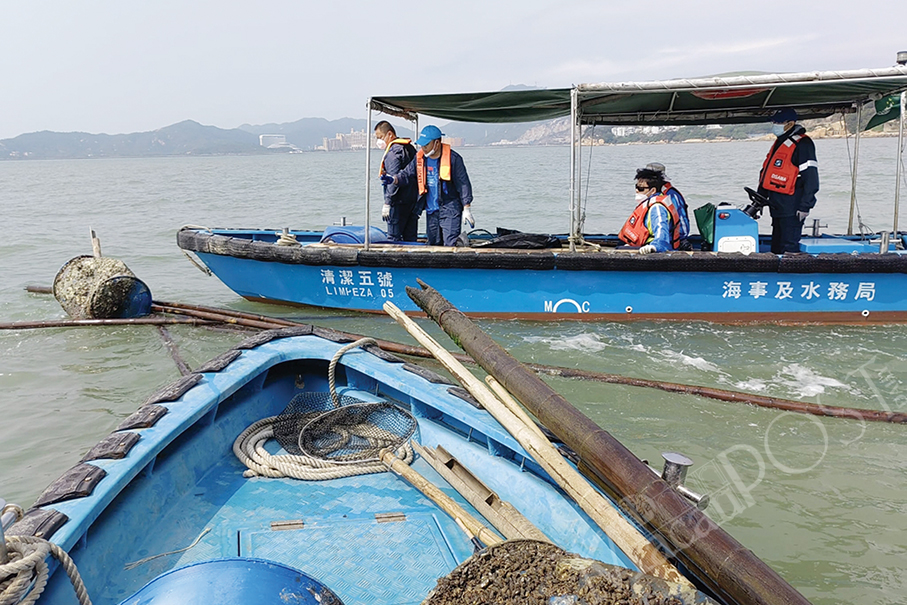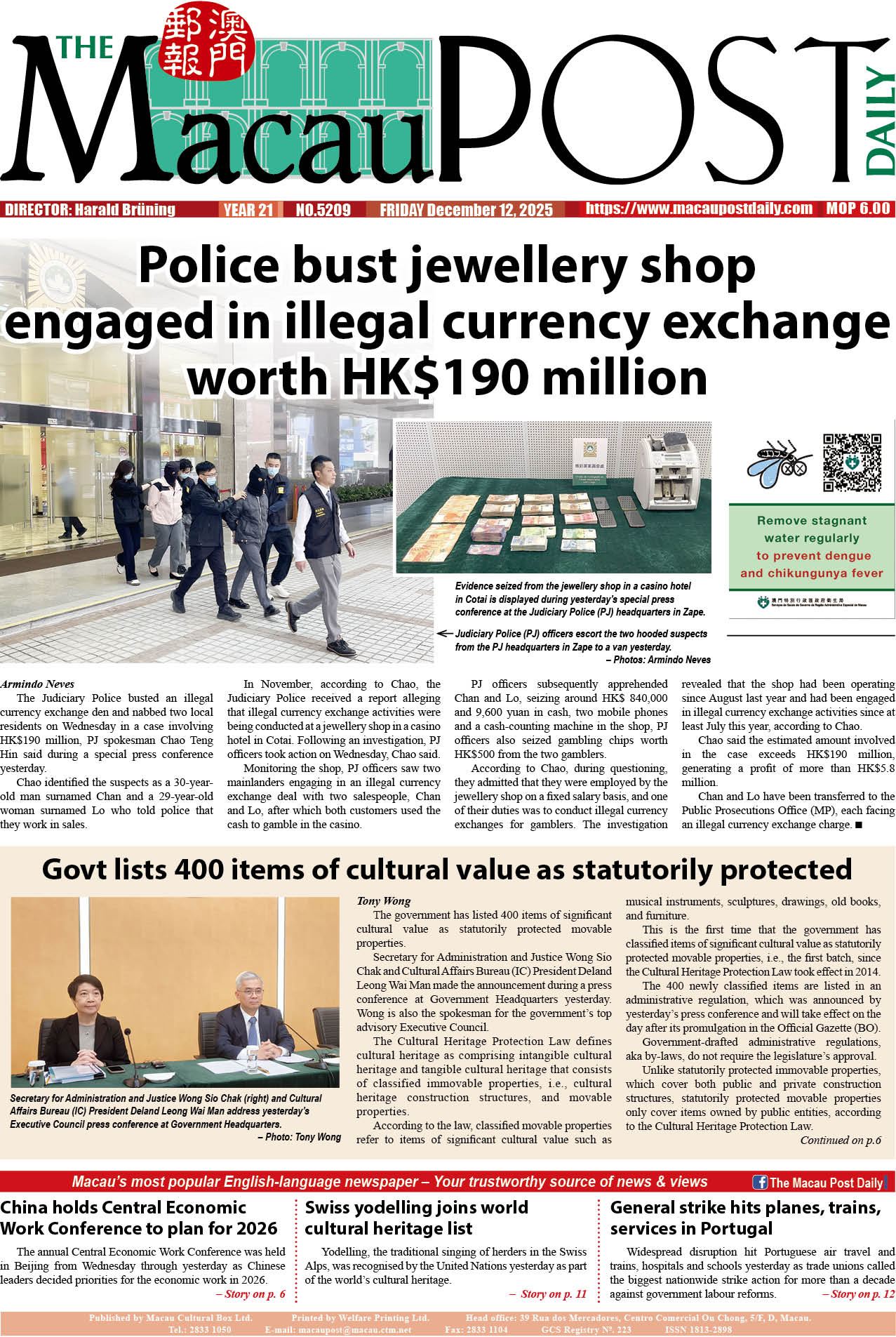Editorial
A six-day visit by Macau’s Portuguese- and English-language media to Xinjiang, which ended on Tuesday, has been a fascinating eye-opener.
The trip was also local journalists’ expression of solidarity with the people of Xinjiang whose region has been maligned by exiled separatists and anti-China politicians in the West for far too long.
Their allegations of genocide are preposterous.
The extraordinarily well-organised tour took place at the invitation of the Office of the Commissioner of the Commission of the Foreign Ministry of the People’s Republic of China (PRC) in the Macau Special Administrative Region (MSAR). The media delegation consisted of 11 journalists.
Commissioner Liu Xianfa told us a few days before we set off for the trip, quoting an old adage, that anyone who hasn’t been to Xinjiang doesn’t know how large China is, while anyone who hasn’t been in the region doesn’t know how beautiful China is.
Commissioner Liu’s remarks are spot-on. He knows what he’s talking about as he paid about half a dozen visits to Xinjiang when he still worked as an executive in the petroleum sector.
Xinjiang – which means “new frontier” – is both huge (1.664 million square kilometres, or one-sixth of the total size of China) and stunningly beautiful. Xinjiang is larger than western Europe’s three biggest nations (France, Spain, Germany) together. Its population is about 26 million, about the same as Australia.
Most of us had never visited Xinjiang.
The visit took us to the regional capital Urumqi, the prefecture-level city of Karamay in the north and county-level city of Tacheng abutting Kazakhstan.
Combine harvester
En route by bus from Urumqi to Karamay we visited a cotton field where we talked to representatives of the cooperative that is running it. It was the first cotton plantation that I had visited in my life, and it was also the first time that I touched raw cotton bolls and climbed on top a combine harvester.
Politically, the cotton field visit was important as Xinjiang’s cotton farmers have been defamed by the West for their alleged use of “forced labour” to pick the staple fibre. They explained that hand-harvesting has been replaced by machines in Xinjiang for quite a number of years. Ironically, the combine harvester that I stood on was US-made…
One can only hope that some Western importers’ ill-advised boycott of Xinjiang’s high-quality cotton will soon be a thing of the past.
The region’s farmers produce one-fifth of the world’s cotton, our planet’s oldest commercial crop and one of the most important fibre crops of the global textile industry. As has been all-too-often the case, the West’s boycotts and sanctions hurt hard-working folks the most…
In Karamay, one of the nation’s most important oil-producing and refining hubs, we visited Black Oil Mountain, a natural asphalt mound formed by the overflow of crude oil millions of years ago. The scenery of Karamay (which means “Black Oil” in the region’s Uygur language) resembles a Martian landscape ideal for film productions that include “Crouching Tiger, Hidden Dragon”. It was the first time in my life that I saw oil seeping out of the soil.
Karamay’s thoroughly digitalised city administration and its development of village resorts showed us that progress has reached even the country’s remotest areas.
In Tacheng, an agricultural hub, we visited both a Tatar household and a family comprising six ethnicities, as well as an accordion museum where both adults and kids performed for us with gusto.
Sister cities
I took the liberty to suggest in a speech during a lunch hosted by the local authorities that Tacheng and Macau become sister cities. Both have a lot in common – they are multiethnic and multicuisine destinations. Both cities are part of the Belt and Road Initiative (BRI) – Tacheng as an ancient Silk Road trading post between Asia and Europe, Macau as China’s oldest entrepôt for trade with Asia, Europe and even the Americas.
Xinjiang does have three main tourist attractions: beautiful scenery, delicious food and, last but not least, its people’s warm-hearted hospitality (as far as the latter is concerned, people in Macau could certainly learn a thing two from their counterparts in Tacheng).
On the other hand, Macau’s renowned tourism college IFTM could surely assist Xinjiang in training its travel sector professionals such as hotel professionals.
Xinjiang is a culinary paradise. I guess that we all gained a few kilos during the trip. As a guest of honour, I was offered the eyes and parts of the cheeks and brain of a freshly slaughtered sheep. A real delicacy! I enjoyed it.
What is still missing is a direct airlink between Macau and Xinjiang.
During our almost weeklong sojourn in the nation’s largest province-level region we were able to meet people from many different ethnicities – Uygur, Kazakh, Kyrgyz, Tatar, etc., admire their cultures and savour their cuisines. In our meetings with members of the region’s different communities living and working side by side, as well as the offspring of intermarriages, ethnic unity was not just visible but also clearly feelable.
Evil terrorism
In Urumqi we also visited an exhibition about the evil acts of terrorism that beset the region until about six years ago. While I knew, of course, about the incidents, I wasn’t fully aware of the scope of brutality by religious extremists and separatists, as well as the fact that their heinous crimes go back decades.
The imam of Yanghang Mosque and vice-rector of the Xinjiang Islamic Institute in Urumqi briefed us on Monday on the region’s religious practices and studies. Their presentations reaffirmed my view that terrorism is not related to ethnic or religious groups per se but that an “unholy” mix of politics and religion breeds extremism ultimately ending up in terrorism. Civic education and job training are the right way to pre-empt politicoreligious extremism and terrorism.
We also visited a raft of museums during our visit – and I am quite sure that those tasked with running Macau’s museums could take a leaf out of the book of their counterparts in Xinjiang. The region’s museums are a treasure trove of its relics, multiethnic culture and the arts. President Xi Jinping recently visited one of them.
Thanks
I would like to thank all the officials from Macau and Xinjiang who accompanied us and made the visit an interesting and enjoyable experience for all of us, namely Macau Government Information Bureau (GCS) Deputy Director Louie Wong Lok I; Macau-based Foreign Ministry Commission officials Gao Yuan and Wang Jiongyu; Lúcia Deng Le from the Liaison Office of the Central People’s Government in the MSAR; as well as the following officials from the Xinjiang External Affairs Office: Deputy Director-General Zhang Huazhong, Division Director Cao Yuguang, protocol officials Yang Fei and Li Xiaowei; and Wang Tingting, who worked assiduously as our interpreter from early morning to late at night. They all deserve our appreciation and gratitude.
We also met a number of top regional government and Communist Party of China (CPC) officials when our trip was coming to an end. I would like to single out Erkin Tuniyaz, chairman of the Xinjiang Uygur Autonomous Region, who delivered a fact-filled speech about the region’s development during a formal meeting with us, which was also attended by other senior officials. He listened attentively to what we said – in short speeches one after another – about what we saw, heard and felt during our visit.
Raqmet! (“Thank you” in Kazakh)
– Harald Brüning
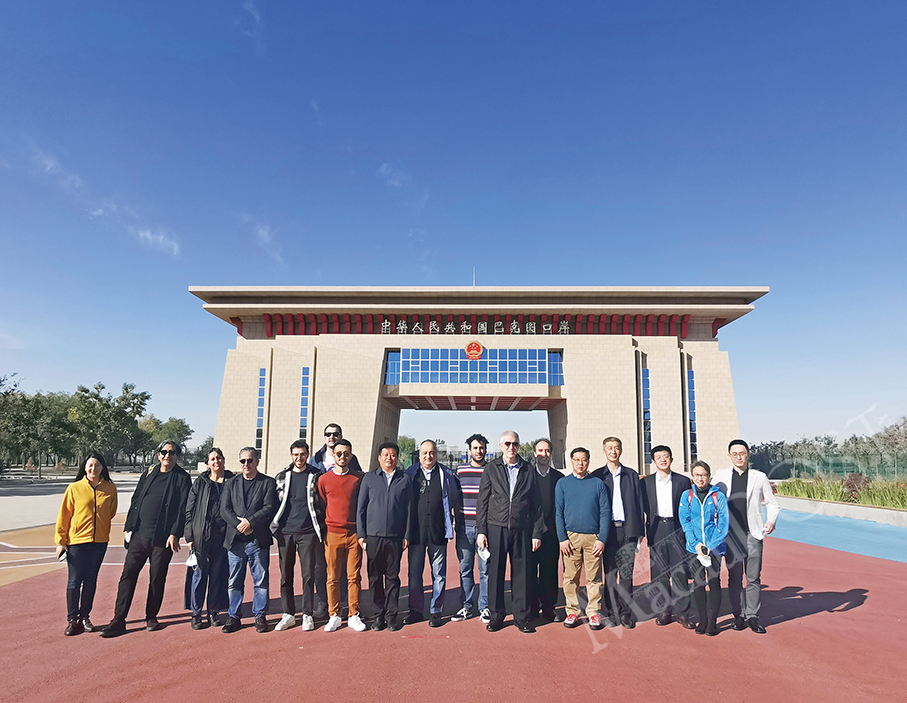
Members of the delegation from Macau and two local officials (4th and 10th from right) pose in front of the China-Kazakhstan border gate in Tacheng, northern Xinjiang, on Sunday. – Photo: MPDG

